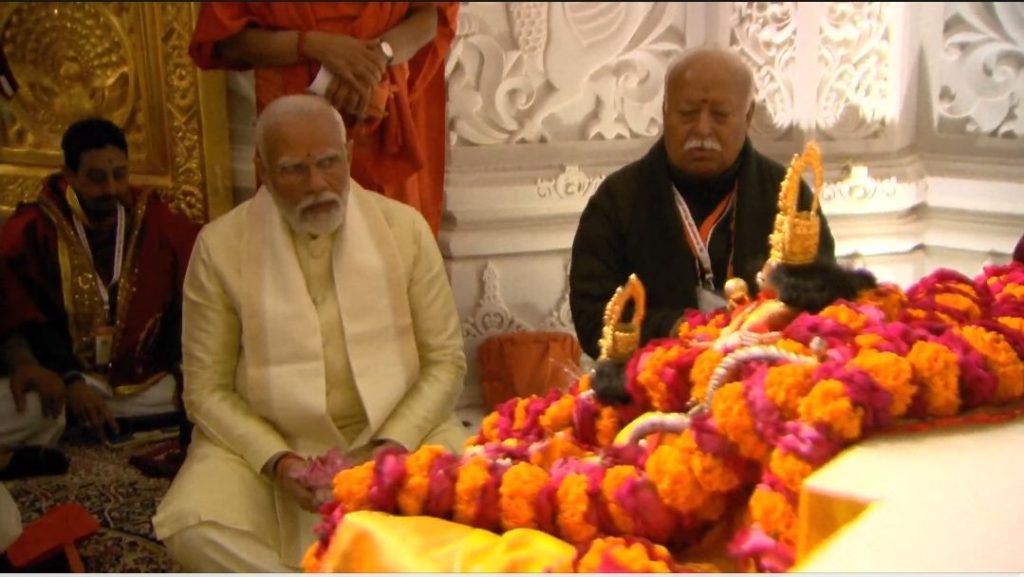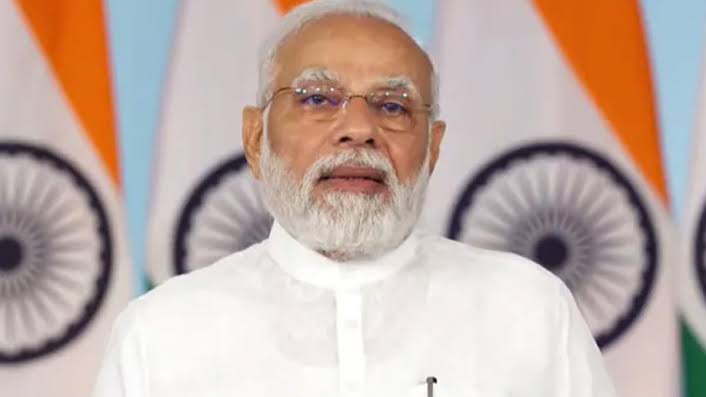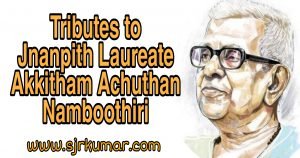A Pilgrimage for Progress: Examining Modi’s Audacious Plan to Transform India…
Extract from an article By Walter Russell Mead
Wall Street journal ,
20-Feb-24

Prime Minister Narendra Modi’s vision for India is audacious, to say the least. It seeks to weave together the threads of religious revivalism, economic development, and social change into a tapestry of national transformation. To understand this ambition, I embarked on a journey to two key pilgrimage sites: Varanasi, the holy city on the Ganges, and Ayodhya, the birthplace of Lord Ram.
Varanasi pulsates with religious fervor. Hundreds of thousands throng the ancient temples and ghats, their chants of “Jai Shri Ram” echoing through the narrow lanes. Conversations with scholars and students reveal a yearning for a Hindu cultural renaissance, a desire to reclaim a lost confidence after centuries of foreign rule. This religious fervor, however, cannot be the sole engine of progress. India needs economic growth, and that necessitates grappling with the challenges of modernization and its impact on tradition.
The BJP’s plan attempts to bridge this gap. In Varanasi, the Kashi Vishwanath Corridor has revitalized access to a key temple, leading to a tenfold increase in visitors. New infrastructure like the airport terminal and hotels are springing up, boosting tourism and local businesses. Similar plans are underway in Ayodhya, where the majestic Ram Janmabhoomi Mandir is poised to become a focal point, attracting millions of pilgrims and driving economic activity.
But the story goes deeper than tourism. Lord Ram is a potent symbol of righteous leadership and national pride. The temple’s construction, like the demolition of the Babri Masjid that preceded it, carries historical baggage and echoes of religious tensions. Ignoring these complexities would be a disservice.
India, as Nobel laureate V.S. Naipaul described, bears the scars of past invasions and conquests. While the success of Indian entrepreneurs has instilled a sense of global competitiveness in the elite, many ordinary citizens remain skeptical. Can capitalism, once a tool of colonialism, truly uplift the average Indian? Can India embrace progress without sacrificing its core identity?
The BJP sees projects like Varanasi and Ayodhya as cornerstones of building a confident India, one that stands tall on the world stage. Whether this ambitious plan will bear fruit remains to be seen. Channeling the forces of faith and nationalism in a nation of over 1.4 billion people is a formidable undertaking. Yet, the passion and piety driving the Hindu resurgence cannot be ignored. It is a force that will undoubtedly shape not only India’s future, but also the world’s.



